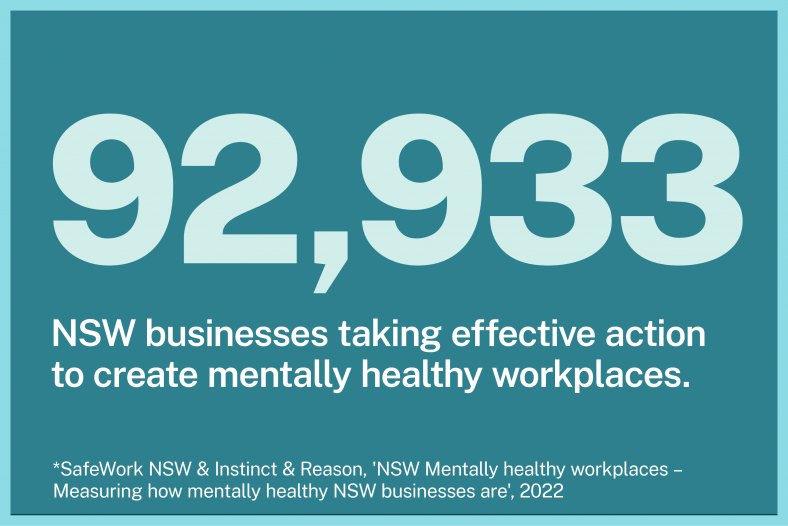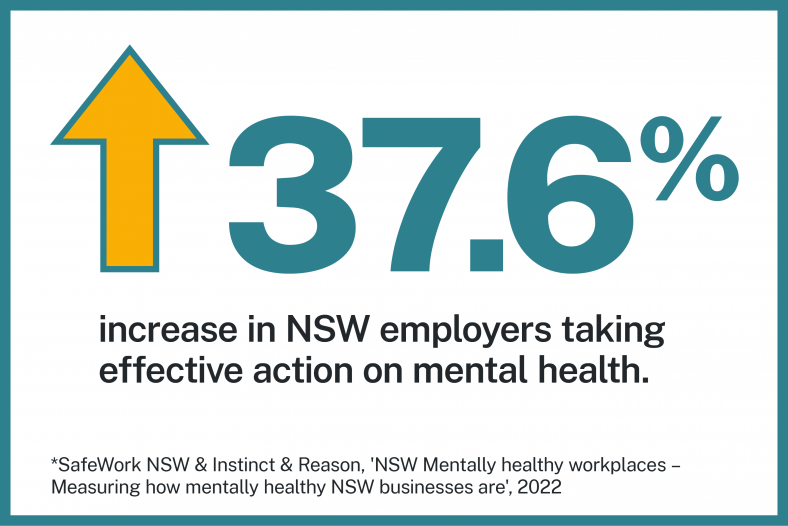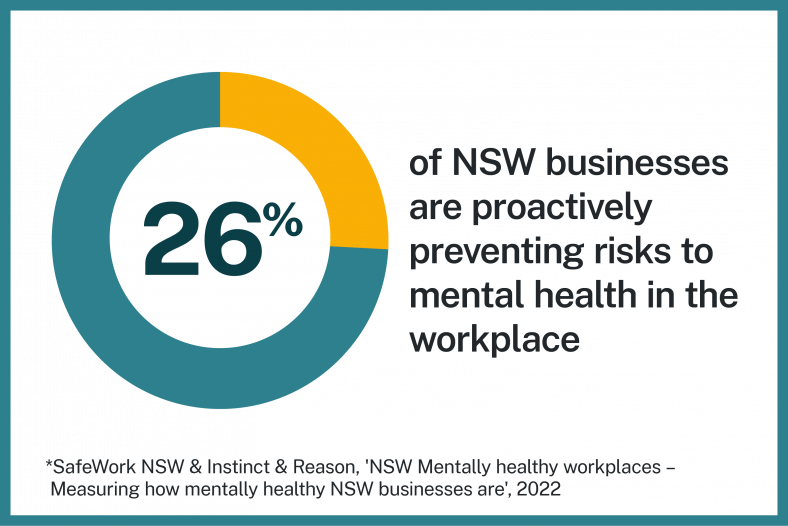Our research
Discover how mentally healthy workplaces in NSW are.



Subscribe for updates
Stay informed on psychological health and safety and how to manage it in your workplace.
Last updated:
Discover how mentally healthy workplaces in NSW are.



Stay informed on psychological health and safety and how to manage it in your workplace.